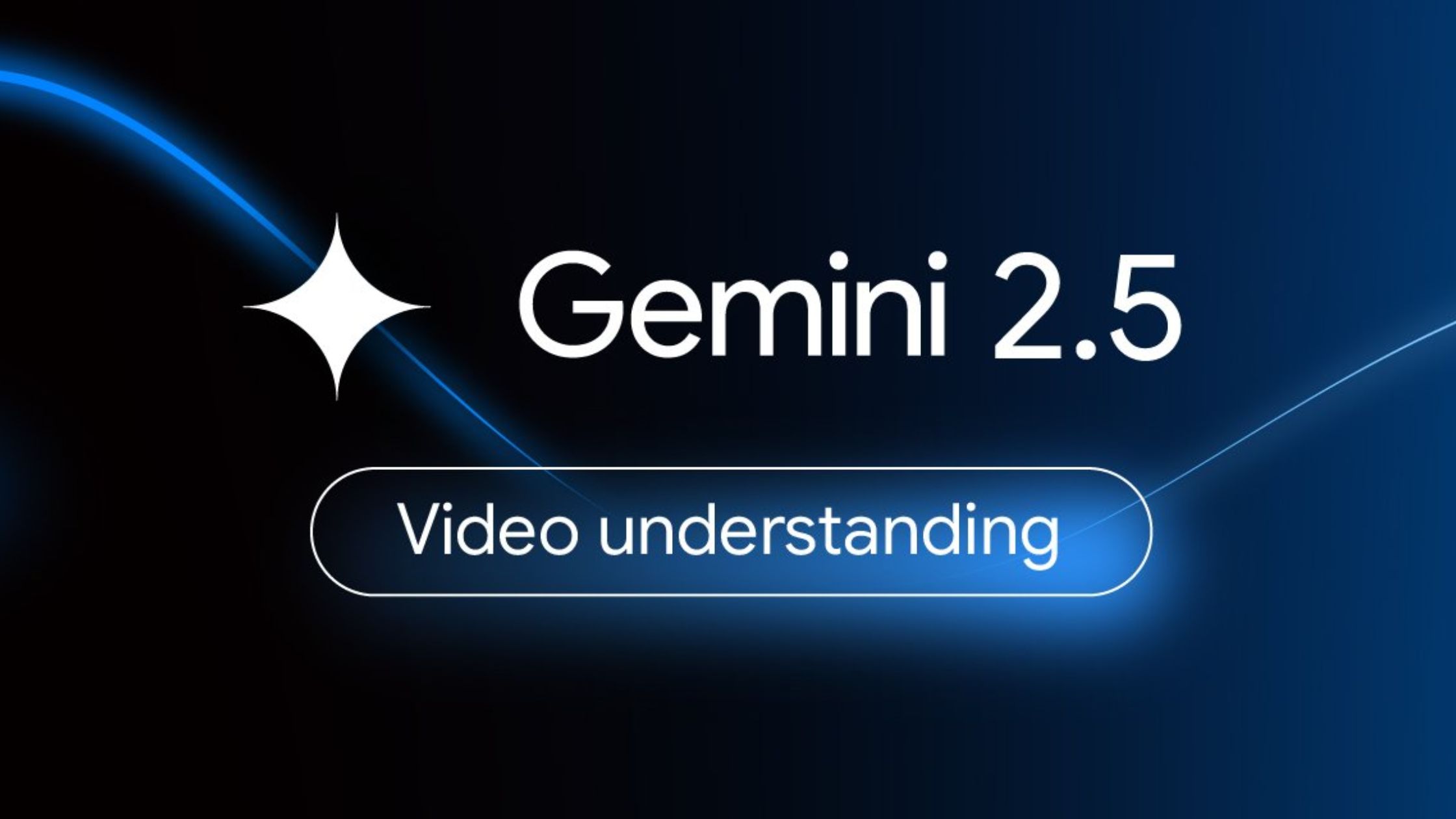Google wants Gemini to be your one-stop AI assistant — capable of browsing the web, reading your documents, and now, analyzing your personal videos. On paper, that sounds like a futuristic leap. But after stress-testing Gemini’s new video analysis feature across real-world footage, the verdict is clear: it’s promising but painfully unreliable.
This isn’t just about technical misses — it’s about trust, precision, and how AI interprets the world through your lens.
A Feature Built on YouTube DNA
Gemini’s new capability extends its existing YouTube summarization tech into more personal territory: your phone’s camera roll. Upload a video, ask a question, and Gemini should be able to identify what’s happening, where it’s happening, and even what song is playing in the background.In theory, it’s a smart pivot — video is the default language of the digital age. But in testing, Gemini struggled with everything from object recognition to basic narrative understanding.
Test 1: Object and Location Recognition
In one test video featuring Mandarin ducks near a canal, Gemini was able to accurately identify the species and even narrow down the location within 100 meters — thanks to a business sign in the background. But that accuracy hinged on clear visual clues a human would have easily caught.
When tested on a volcanic eruption at Kilauea, Gemini recognized the location but couldn’t pinpoint the date, despite metadata and contextual hints.
In another clip of Cologne’s Karneval parade, Gemini guessed the country but failed to recognize the city, despite signs, shop fronts, and iconic costumes. The conclusion? Gemini’s location analysis is highly dependent on overt markers — and even then, it’s hit or miss.
Test 2: Audio Recognition Falls Flat
The audio analysis test was even more concerning.
Gemini often failed to identify popular tracks correctly, mixing up Dire Straits with HAIM, or Tom Petty with The Duprees. Even when the recording length increased, the model’s hit rate didn’t improve dramatically. In short: don’t fire up Gemini if you’re trying to ID that old background song from 2019 — use Shazam or Google’s own Sound Search instead.
Test 3: Explaining What Happens in a Video
The final and arguably most critical test involved narrative accuracy. A video of two cats fighting was described by Gemini in the most neutral and misleading way possible — suggesting that the black cat was the aggressor when in fact it was the black-and-white one.
Even after follow-up prompting, Gemini’s explanation felt mechanically uncertain, requiring more time to clarify than it would take to just watch the clip yourself.
That raises a critical question: What happens when AI misrepresents a fight involving people, not pets?
Gemini Isn’t There Yet
Gemini’s video analysis tool is a step forward in ambition — but not in execution. It can detect basic things when spoon-fed the right questions and contextual clues, but it lacks the reasoning finesse and situational intelligence we expect from something branded as Google’s flagship AI.
For now, this feature feels more like a prototype than a finished product. It may serve occasional use cases for creators or reporters, but it’s far from being a reliable assistant for anyone who relies on accuracy and nuance.
Until Gemini learns how to interpret the world with context, empathy, and clarity, it’s still safer to just hit play and judge for yourself.


